Hey, do you recall those emotional outbursts and tantrums that parents talk about when mentioning two year old toddlers? Well, I thought that went well with our little one. Wrong! It’s just starting! We must sharpen our patience and prepare for a toddler discovering the world of emotions.
Article Contents
1. Of emotions and animals2. Tantrums, models, and personal growth
3. What’s new with language development?
4. A new level of imagination and symbolic play
5. No more casual walking, carrying is better!
6. Social skills development and social interactions
Here we will explore some changes that can be expected in the first quarter of the third year. But if you are more interested in the first year of baby life, we suggest you start with the first year of a child’s life section. And if your child is in the second year, you can check all about it in the second year of the child life category.
Of emotions and animals
Bear is angry. Fox is a little frustrated. Bunny is sad. Two things are evident. One: our child is somewhat obsessed with woodland creatures. And two: we started to explore emotions. The last few months were really big in terms of emotional development. Our girl started to name and verbalize emotions.
That is still mostly exploratory and playful – all her toys, figurines, and imaginary friend(s!) have strong emotions. They are usually angry. And let me tell you, many things can anger them.
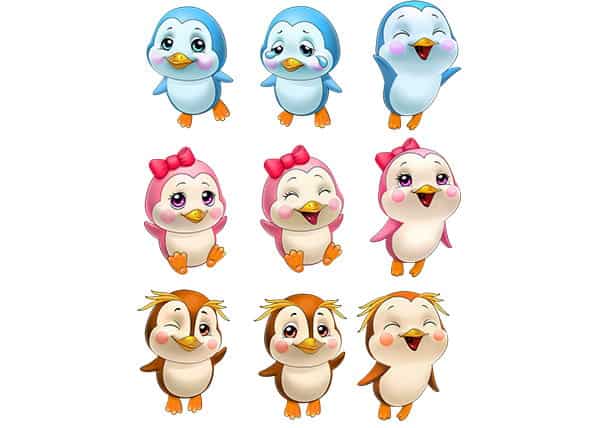
She usually just states that they are angry, sad, or frustrated. Those are the top three emotions in the “forest”. If you probe for a reason, she will think of something. Sometimes you can tell if it’s something that bothers her, but usually, it’s just anything that comes to her mind. It makes sense though, for example, a bear can be angry because it’s raining and he can’t go to the playground. Or the giraffe is a bit frustrated because she couldn’t sleep.
Animals in our house can feel strong emotions for many reasons. That’s true for toddlers as well. In this age, children can rarely explain their emotions, they just feel. But sometimes, even adults can’t decipher why we feel grumpy or sad. It could be that many small things accumulated or it’s something that we don’t want to think about. Asking “Why” is usually pointless in those situations and if we get “reasons” they are sometimes not clear to us.
Best things, like always when dealing with human emotions, are reflection and observation. Usually, if we watch carefully, we can guess what made the child feel this way. The best is to check, like “You seem upset that we need to go home now.” That little reflection can be all it takes to prevent a tantrum. Yes, I am upset and somebody noticed! That’s powerful. No explanations needed, just a validation of feelings. It’s okay to be upset.
That doesn’t mean we will change our plan and in most cases, it’s not even about that. It’s about control and respect. We frequently take children for granted, don’t include them in planning, just inform them about things that will happen to them. Sometimes we don’t even inform them. This can create understandable frustration. I know many parents don’t believe that toddlers actually understand and care about many things. But they do. This is a phase where they need to assert themselves, to show their autonomy. Use every safe opportunity to allow them that. We should do things “with” our children, not “to” them. That little change in our own attitude can change the whole dynamic of the relationship, from power struggle to cooperation.
Of course, those strong emotions sometimes need an outlet. There is so much excitement, frustration, and sadness in our toddler’s lives that we don’t understand. You see, you don’t understand how exciting, but also scary, sliding down the big slider can be. Or how that little slip while running was painful and perhaps humiliating. Or how meeting new friends was fun but also overwhelming.
Emotions! Lots and lots of them. We learned to live with them and to manage them, more or less successfully, so we don’t pay that much attention. But our toddlers are in the whirlwind! And our role is to help them navigate that through modeling, anticipating problem situations, and setting expectations.
Sometimes they will need to cry and let those stuffed emotions out. And it’s important not to shush them or distract them. It’s hard to see your child sad, but often crying can be a healing process. Just be there for them and let them express all they need. You are their safe harbor, you accept them as they are and they need to know that.
It’s a lot of work, lots of preparation, lots of self-improvement. To be the best possible model for healthy emotional regulation, we need to work on ourselves and show how it’s done.
Tantrums, models, and personal growth
So let’s talk about “Terrible twos”. Even the name sounds terrifying, right? We thought we were prepared. Truth is, knowing about something is totally different than to really know it. I have great respect for education, but experiencing something first hand, brings it to another level. I don’t think my theoretical knowledge is less important or less valid, it’s just less complete. It often tells you why or what, but rarely how.
You are not prepared that choosing a bedtime story can cause real anguish. It doesn’t tell you how to exactly stay calm and consistent after one hour of screaming. Or warn you that your child’s sadness will cause even bigger sadness in you. And that dreadful doubt, did I make a mistake? Was this “battle” worth it?
Sometimes you follow all the steps of the recipe, but the cake doesn’t look anything like in that cookbook.
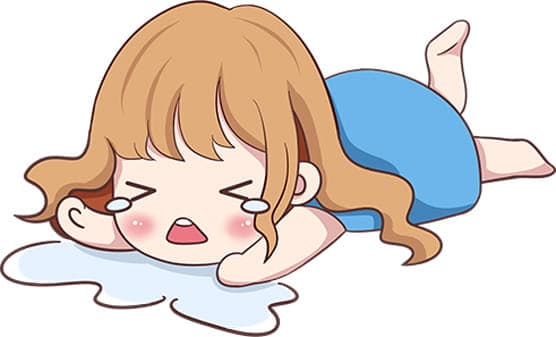
The point is, parenting teaches us to be humble. Let’s admit to ourselves that we are just beginners in this new gig. We will make mistakes. But that’s okay, we can always apologize and try something different.
I read something great recently and it really changed my perspective. Imagine that you hear somebody talking about your child 20 years from now. What would you like to hear? “That girl/boy always does what is told to them without any complaint. Never stand up for themself, never show any negative emotion.” I imagine that’s not what most of us would like to hear. But do our actions support that? Are we letting them to “say no”, “be angry”, “be sad”, “yell”, “choose their actions”?
Now you will say, well we want them to act respectfully, be reasonable and we need to teach them that. And that is completely understandable, we as parents, feel this burden to teach our children how to be polite and caring. There is something like a checklist of what every child needs to learn. To share, greet, to say thanks and sorry and be happy when somebody says “Good job!” to them.
Thing is, we want them to grow to be happy, right? To be able to choose their path in life, to have the courage to try new things, to not be chained to “what will people say”. We want them to have happy relationships, in which they will be respected and loved. We want them to say no to things and people who don’t let them be themselves. I know I never, ever want my child to think she needs to earn my love or approval and to hold herself to those standards her whole life.
I often ask myself, did my actions today help her to move to that person I want her to be. And often the answer is no. Sometimes, I’m not the person who I want to be. I can be resentful, tired, angry, annoyed, hurt. I can react from those emotions and later wonder what came over me. I won’t say I was raised like that and I turned out good. Because I don’t feel good. It may look like that to the outside world, but there are wounds I carry and issues I am still dealing with. I bet that’s the case for most of us.
Parenting is a gamechanger. It exposes you to some things you think you overcame and experiences you hoped to forget. But you relive them with your child. Sometimes it’s scary when you find yourself using the same “rules” and same “consequences” as your parents. They are imprinted on you, even though you said you will never repeat them. Truth is, we all learn through modeling and if you don’t actively work on it, you will use what you know.
So this period in your child’s life is the time you will truly have to come to terms with that. You will be disrespected, somebody will repeatedly say no to you and yell to your face. Perhaps sometimes your child will say ugly words to you and try to hit you. They will have meltdowns if you give them something “wrong”. And then if you want to take it away. You will be perfectly reasonable in your explanations and they will still often say no.
This is what they must do to be the people we want them to be. They need to practice making and saying their opinion. Develop critical thinking. They need to argue and demand we listen to them. Learn to debate. They need to feel heard and respected. To be able to show any emotion and still be accepted. To be able to form healthy relationships, they need to feel loved with no strings attached.
Their actions still need some refining of course. Like we talked before, emotional regulation of 2 years old is barely emerging. There will be many inappropriate reactions. We will have to give them some boundaries. For example, hitting and biting is something we always stop. Decide on your boundaries, but think carefully about their importance and the impact. But even when their behaviors are over the limit, we accept them and their emotions.
But again, how to stay calm and consistent when facing that? I don’t know, that’s something you need to work out for yourself. You need to recognize your triggers and deal with them. When my child says no to me, I feel… Disrespected? Hurt? Not loved? A bit of introspection goes a long way.
Whenever I do or say something I don’t like, I try to think of some other ways I could have handled that. We are not doomed to repeat those same mistakes. Luckily, we can read, learn, exchange experiences, and grow as people and as parents.
We talked more about tantrums in the Challenges of being a parent article, so read it if interested in a more “theoretical” overview.
What’s new with language development?
We didn’t talk about language development for a long time and it’s about time we give an update. Language is an area in which children differ a lot, so in this period you can expect anything, from a few words vocabulary to speaking complex sentences.
If your child is in the first group, expect a language explosion very soon. It could literally change overnight. They are listening and figuring out speech patterns all the time.
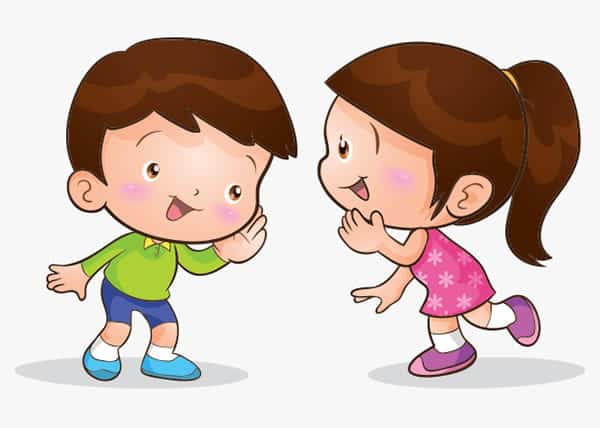
Receptive speech (understanding) is always much more advanced than expressive speech (speaking). So use rich vocabulary as much as you can – read, talk, sing. Face to face interactions are crucial for language development, so television and other media are less helpful in this phase.
Our child has been talking for some time now. In recent months, we noticed she is using more correct grammar and also more complex types of words like adverbs and adjectives. She likes to listen to stories, so while we read together, she picks up many new words and phrases. She can have real conversations now, although usually, only us (mom and dad) understand her fully.
Another interesting thing is interest in rhyme and sound games. She likes to say a sound and then think of all the things that start with that sound. For example, what starts with L? Lion. Lamp. Lizard. What rhymes with a mug? Rug. Jug. Bug. Zug. Kug? Many of them are made-up words. But they do rhyme! Those games are super fun, but also incredibly helpful for understanding language.
A new level of imagination and symbolic play
We already talked about imaginative and symbolic play in the last article, about toddlers in the second year. But they developed so much in three months that we need to update on changes in that field.
Now, there is something we like to call themed imaginative play. When our little one learns something new, or when her brain tries to process something, she enters that theme, and most conversations and plays revolve around those specific themes.
For example, we learned about sickness and being sick. All of a sudden, all her plastic animals, dolls, and plushies are sick and need to be taken care of. When we started to read a book about astronauts and the universe, everything was a spaceship and she was an astronaut traveling to some planet (mostly Mars).
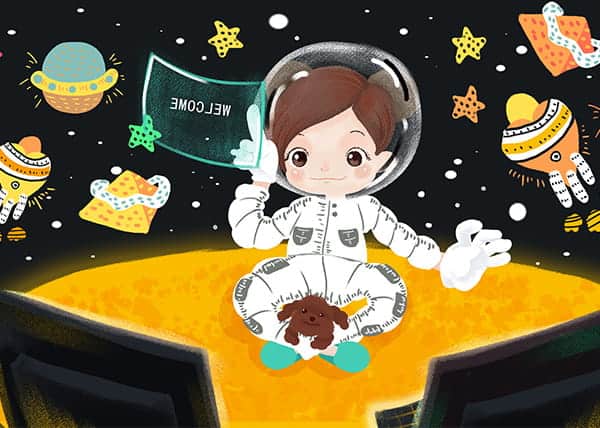
Those themes usually last week or two or until she finds a new theme that she wants to explore.
Another big leap in imagination is telling stories. She already has a rich vocabulary so she can express her thoughts. But even without strong verbal skills, you can expect rich imagination that can be expressed in many different ways unique for the child.
Our little one started to narrate the stories that already make a lot of sense. They have characters (mostly dogs and cats… or pandas!), plot twist… and sometimes the ending. Answering questions about the story is still a bit of an issue, but I wouldn’t be surprised if she masters that in the next quartal.
And there is another leap in symbolic play. Now she started to plan, combine, update, and follow the sequence of events.
For example, now the hit play is taking her plastic animals to drink water. She would take the bottle lid or even a basin and pour water inside. Then all animals would assemble around and drink because they are thirsty. Then some animals would need to poop and she would help them with washing the tushie. Then they need to go to the towel and dry.
You get the idea. Most of the play is the projection of everyday things and it can help us, as parents, in recognizing children’s fears, worries, and joys. But be careful with that. Sometimes it’s just pure imagination or combination from stories/cartoons and similar fictional influences and doesn’t have to have a foundation in reality.
No more casual walking, carrying is better!
And another update from the last article! We also mentioned how little one suddenly stopped asking to be carried. That lasted for around two months and she is back in carrying mode. And we are again building some arm and back muscles.
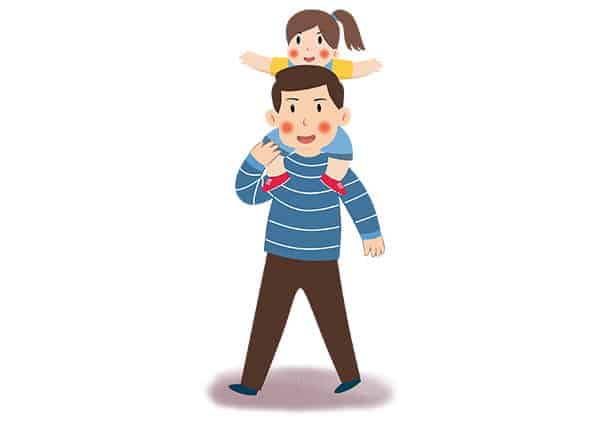
We already got rid of the baby stroller, so good thing the good old baby carrier is here to help when needed. We told her that we will carry her when she gets tired and now she uses that to her advantage. As soon as we step out, she says “Dada carry! Legs got tired.”
But it is a bit different than the last time. Now, as soon as we reach our destination (usually playground), she will go her merry way and won’t ask to be carried until it’s time to walk home. Also, if something caught her attention, she walks without problems. She is just not that motivated in casual walking I guess.
Maybe there is actually more to it than simple convenience for her. We noticed changes in how she perceives her surroundings. She is more aware of things happening around her. As a result, she is warier of loud noises and strangers that she finds threatening. She would jump and hold to our leg if the motorcycle zips next to us or some big truck passes by. She has started to be cautious toward dogs while before she would chase any dog she sees.
So one of the reasons she wants to stay in the safety of her parent’s arms may be the rise of fears of the unknown. There are many new and interesting things outside, but they can also be a bit scary.
Social skills development and social interactions
And with 2 years behind us, we noticed further development of social skills and peer interactions. Now, don’t expect the child to all of a sudden start to hang out and play with other children, but you can definitely notice some interactions that are way above just simple parallel play. We talked about parallel play already when we were writing about Thirteenth and Fourteenth month.
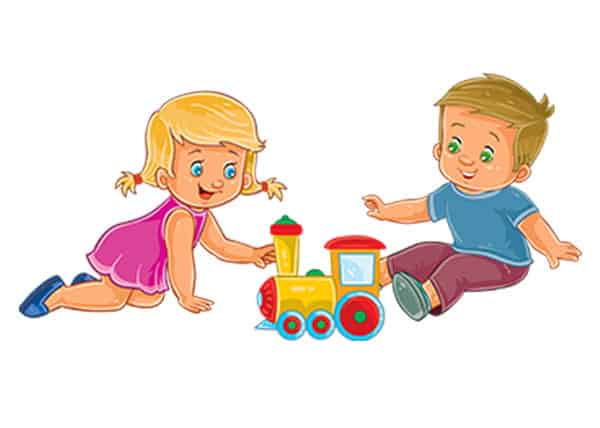
What we did notice is that she now has some children that she likes to hang out with. Every time we are going out, she mentions that she will see them. And when she actually sees them, she gets really happy and stops doing the current activity and goes to them.
When children finally go into interaction, it is mostly taking the hat off from each other, commenting on interesting animals/shapes on the t-shirt, taking toys from the bag and showing it to other children… So some interactions are happening, just not in the way we grownups perceive social interaction
But that is the first step in the development of social interactions with peers. The real joint game develops around 3 years of age, so there is still some time before toddlers start to play with each other. But even now, you can notice big progress compared to a couple of months back when only interaction between toddlers was taking the toy from another child’s hand.
And we are done with this summary of this intensive three months. Of course, there was a lot more happening, but we don’t want to turn this article into a book. Join us again in the next article where we explore new changes and challenges with two and a half years old toddler. Happy parenting!
If you’re searching for some great STEM Activities for Kids and Child development tips, you’re in the right place! Check the Categories below to find the right activity for you.

STEM Science
Videos, guides and explanations about STEM Science in a step-by-step way with materials you probably already have at your home. Find new Science ideas.
Read more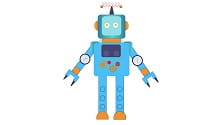
STEM Technology
Videos, guides and explanations about STEM Technology in a step-by-step way with materials you probably already have at your home. Find new Technology ideas.
Read more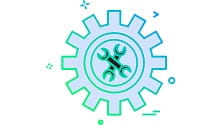
STEM Engineering
Videos, guides and explanations about STEM Engineering in a step-by-step way with materials you probably already have at your home. New Engineering ideas!
Read more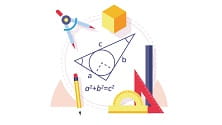
STEM Math
Videos, guides and explanations about STEM Math in a step-by-step way with materials you probably already have at your home. Find new Mathematics ideas.
Read more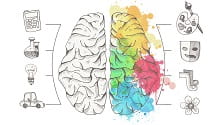
Psychology
Find out all about development psychology topics that you always wanted to know. Here are articles from child psychology and development psychology overall.
Read more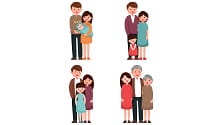
First year of Child’s Life
Following a Child’s development every month from its birth. Personal experiences and tips on how to cope with challenges that you will face in parenting.
Read more
One thought on “What to expect from Toddler in the First Three Months after Second Year”